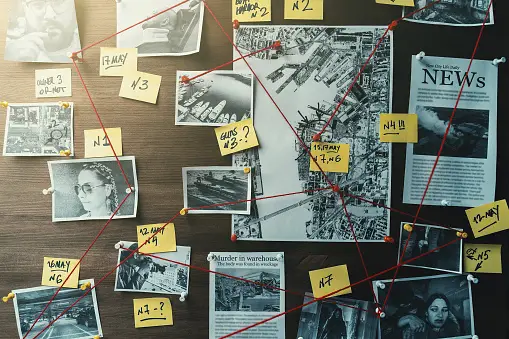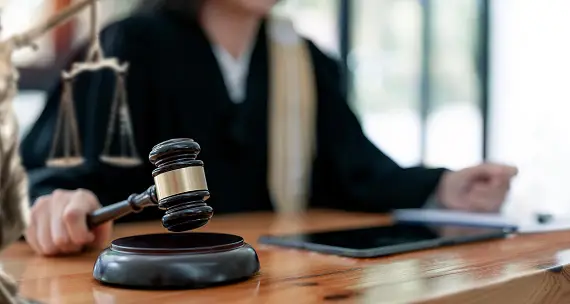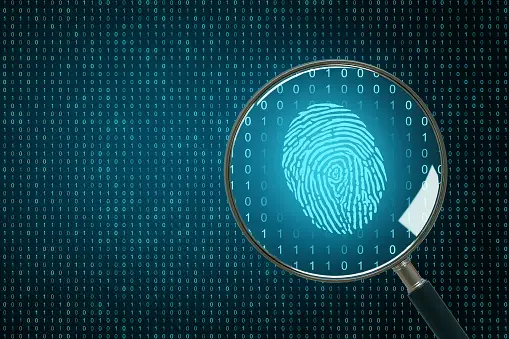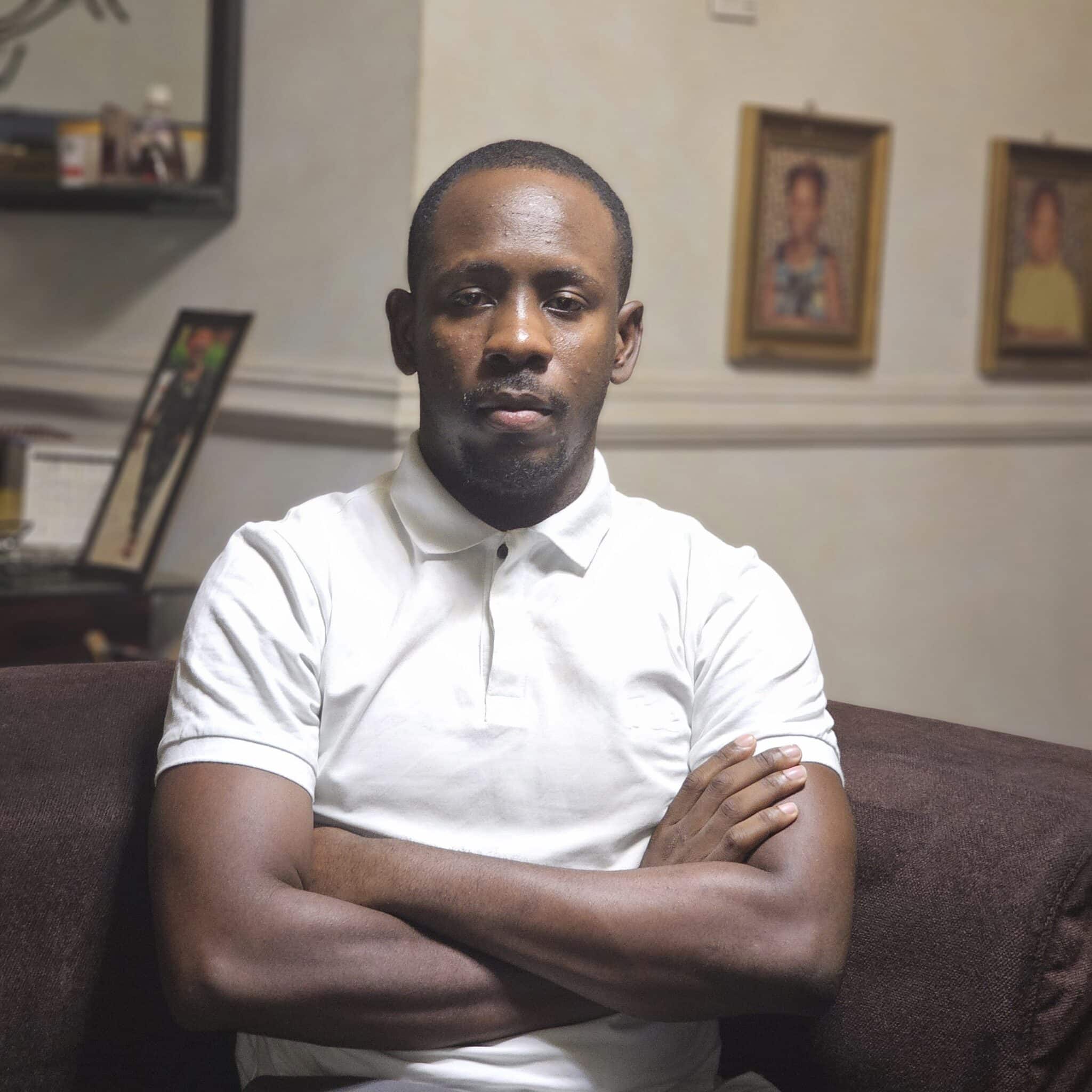Imagine a courtroom as a stage where truth unfolds, drama ensues, and justice takes center stage. At the heart of this legal theater, evidence exhibits play a pivotal role, acting as the silent narrators of compelling stories. In this article, we’ll delve into the fascinating world of evidence in court hearings, exploring their significance and their powerful role in the pursuit of truth and justice. So, fasten your legal seatbelt as we embark on a journey through the intricacies of evidence within the courtroom drama.
What Is Considered Evidence In Court?
In the intricate tapestry of the legal system, evidence emerges as the very essence of justice. This multifaceted entity weaves through courtrooms, shaping narratives and influencing the course of legal proceedings. Delving into the expansive realm of what evidence is and signifies entails an exploration of its various types, the nuanced challenges it poses, and its pivotal role in upholding the fundamental tenets of fairness and truth-seeking within the justice system.
Evidence, in the context of law, refers to information or materials presented before a court to establish facts during a legal proceeding. It serves as the basis for legal arguments and decisions, aiding the trier of fact in understanding and determining the truth. Evidence can encompass a wide range of forms, such as witness testimony, documents, physical objects, demonstrative aids, and digital records. Admissibility rules govern the inclusion of evidence, ensuring that it is both relevant and reliable in the pursuit of justice.

Understanding the Types of Evidence:
1. Testimonial Evidence:
At the heart of many legal proceedings lies the human element—testimony. Whether delivered by lay witnesses or seasoned experts, verbal accounts under oath stand as a cornerstone. Cross-examination dynamics and witness statements’ reliability add layers of complexity to the courtroom narrative.
2. Documentary Evidence:
Tangible records, from contracts and agreements to letters and official documents, compose the intricate fabric of documentary evidence. These artifacts serve as tangible timestamps, creating a chronological trail that lawyers meticulously follow to reconstruct events.
3. Physical Evidence:
Objects, often referred to as real or physical evidence, possess an undeniable gravity in courtrooms. Murder weapons, stolen goods, or other tangible items serve as silent witnesses, providing tangible links to the events under scrutiny.
4. Demonstrative Evidence:
In an era of complex litigation, charts, graphs, simulations, and reconstructions fall under the umbrella of demonstrative evidence. These aids help translate intricate concepts into visual representations, facilitating a clearer understanding of the court.
5. Digital Evidence:
The digital age has ushered in a new frontier for legal practitioners, as digital evidence assumes a paramount role. The virtual realm becomes integral to the evidentiary landscape, from emails and social media posts to surveillance footage and forensic data.
Admissibility and Relevance:
Yet, the journey of evidence from discovery to courtroom presentation is far from straightforward. The legal system imposes stringent rules of admissibility, designed to sift through the vast array of information and allow only the most relevant and reliable to reach the trier of fact. Evidence must be probative—capable of proving something—and material, directly tied to a key issue in the case.
Challenges within the Courtroom:
Navigating the labyrinth of evidence is a complex dance, where legal minds engage in battles of objection, rulings, and evidentiary hearings. The delicate balance between pursuing truth and protecting rights shapes the contours of legal arguments and courtroom drama.
Presumption of Innocence:
In criminal cases, the foundational principle of the presumption of innocence underscores the significance of evidence. The prosecution bears the weighty burden of proving guilt beyond a reasonable doubt, emphasizing evidence’s crucial role in dispelling uncertainty and reinforcing the presumption of innocence until proven otherwise.
Understanding The Court Hearing Process

A court hearing, the cornerstone of the judicial system, is a multifaceted legal event that encapsulates the essence of justice. At its core, a court hearing serves as a forum for the resolution of disputes, where parties present evidence and legal arguments and engage in a structured dialogue before an impartial adjudicator—often a judge or jury. The significance of this process extends far beyond its surface, delving into the intricacies of legal procedures, the art of persuasion, and the pursuit of truth.
The Prelude: Filing and Notice
Before the courtroom drama unfolds, the journey commences with the initiation of legal action. A party, known as the plaintiff, files a complaint or petition outlining the grievances and seeking redress. This marks the genesis of the court hearing process. Subsequently, the defendant receives notice of the legal proceedings, ensuring that all involved parties are apprised of the impending confrontation on the legal battleground.
Setting the Stage: Preliminary Matters
As the courtroom doors swing open, the initial moments of a hearing often revolve around procedural matters. These preliminary steps set the stage for addressing jurisdictional challenges, establishing the admissibility of evidence, and resolving any pre-existing motions. The legal chessboard is carefully arranged, each move shaping the terrain for the battle of arguments to come.
The Dance of Advocacy: Presenting Cases and Arguments
The heart of a court hearing lies in the advocacy of opposing parties. Attorneys, the maestros of legal rhetoric, present their cases with finesse, weaving narratives that sway the scales of justice. Witnesses may take the stand, their testimony a crucial chord in the symphony of evidence. Exhibits are unveiled, documents scrutinized, and the courtroom transforms into a stage where the pursuit of truth is both an art and a science.
Judicial Adjudication: The Role of the Judge
Central to the court hearing is the role of the judge—a legal arbiter tasked with interpreting the law, applying it to the facts at hand, and ensuring a fair and just resolution. The judge acts as a referee, guiding the proceedings, ruling on objections, and ultimately rendering decisions that shape the legal landscape.
The Crucible of Cross-Examination
No court hearing is complete without the crucible of cross-examination. Attorneys probe and challenge witnesses, testing the veracity of their statements. The courtroom transforms into an arena of verbal jousting, where the skill of cross-examination can tip the scales of credibility.
Closing Arguments: The Grand Finale
As the crescendo approaches, attorneys deliver their closing arguments—an impassioned summation of their case, urging the adjudicator to see the merits of their position. Now a theater of persuasion, the courtroom awaits the final act—the pronouncement of judgment.
The Verdict: A Pivotal Moment
The court hearing culminates in the pronouncement of a verdict—a pivotal moment that determines the course of justice. Guilt or innocence, liability or innocence, are distilled into the judge’s or jury’s decision, bringing closure to the legal saga.
Beyond the Courtroom: Enforcement and Appeals
However, the echoes of a court hearing reverberate beyond the courtroom doors. Verdicts must be enforced, and in some cases, the legal drama may extend to appellate courts, where decisions undergo scrutiny at a higher echelon of the judicial hierarchy.
The Role Of Evidence In Court Hearings
In the riveting realm of court hearings, evidence stands as the cornerstone upon which justice is built. Its role is nothing short of pivotal, weaving through the legal narrative like a guiding thread that either strengthens or weakens the case presented. Let’s explore the multifaceted role of evidence in court hearings, unraveling the nuances and significance that shape the very foundation of our judicial system.
The Essence of Evidence:
At its core, evidence serves as the factual basis upon which legal decisions are made. It is the means by which parties substantiate their claims or defenses, transforming mere allegations into verifiable truths. Evidence takes myriad forms in the courtroom – from documents and witness testimonies to tangible objects and expert opinions. Each piece contributes to the intricate mosaic of information that the court considers in its pursuit of a just resolution.
The Burden of Proof:
In the legal arena, the burden of proof is a critical concept. It places the responsibility on the party making a claim to substantiate it with credible evidence. The prosecution in a criminal case or the plaintiff in a civil suit must convince the court, through a preponderance of the evidence or beyond a reasonable doubt, that their version of events is accurate. Failure to meet this burden can tip the scales in favor of the opposing party.
Admissibility and Exclusion:
Not all evidence is created equal; its admissibility hinges on adherence to strict rules. Courts carefully assess whether evidence is relevant, reliable, and obtained legally. Hearsay, for instance, often finds itself on the chopping block as it involves relaying statements made by someone other than the witness testifying. Understanding the rules governing evidence is paramount for legal practitioners seeking to present a compelling case.
The Impact of Technology:

In the digital age, technology has reshaped the landscape of evidence presentation. Digital evidence, ranging from surveillance footage to social media posts, has become increasingly prevalent. Courts grapple with the challenges of ensuring the authenticity and integrity of such evidence, ushering in a new era where legal professionals must navigate the complexities of electronic data.
Challenges and Controversies:
Despite its central role, evidence is not immune to controversy. The courtroom is a battleground where skilled attorneys engage in fierce battles over the admissibility of evidence, attempting to sway the court in their favor. Issues of witness credibility, the reliability of scientific evidence, and the fine line between relevant and prejudicial information add layers of complexity to the legal tapestry.
Conclusion:
In the grand theater of a court hearing, evidence takes center stage, wielding the power to shape destinies. Its role transcends the mundane; it is the essence of justice, a force that demands scrutiny, respect, and a nuanced understanding. As we navigate the intricate dance of legal proceedings, let us not underestimate the profound impact of evidence – the silent protagonist that guides the scales of justice toward their delicate balance.
What are the rules for admitting evidence in court?
Evidence must adhere to strict rules of admissibility, ensuring it is both relevant and reliable. Courts assess factors such as authenticity, legality of acquisition, and adherence to hearsay rules. Legal practitioners must navigate these rules to present a compelling case.
How has technology impacted the presentation of evidence?
Technology has reshaped evidence presentation, introducing digital evidence from surveillance footage to social media posts. Courts grapple with ensuring the authenticity and integrity of electronic data, presenting new challenges for legal professionals in navigating these complexities.
What challenges and controversies surround the admissibility of evidence?
The courtroom is a battleground for legal professionals, engaging in battles over evidence admissibility. Challenges include issues of witness credibility, reliability of scientific evidence, and determining the fine line between relevant and prejudicial information.
How does the court ensure a fair hearing while considering evidence?
The court ensures a fair hearing by impartially applying rules of evidence, ruling on objections, and guiding the proceedings. The judge plays a crucial role as a legal arbiter, interpreting the law and ensuring a just resolution based on the presented evidence.
What happens after a court hearing, and a verdict is pronounced?
After a court hearing, the legal saga may extend beyond the courtroom. Verdicts must be enforced, and in some cases, decisions may undergo scrutiny in appellate courts at a higher level of the judicial hierarchy.
Oluwatukesi Joseph is a Content Writer at LOBF. He holds a Master’s Degree from Obafemi Awolowo University in Architecture, However, his love for writing and content creation has transitioned him into the writing and content marketing field. He has gained relevant certification from other notable Universities where he developed a strong foundation in content marketing and writing.
Outside of work, Joseph enjoys spending quality time with friends and family and playing chess, which he finds often complements his professional pursuits. Joseph is excited to be part of the dynamic team at The Law Office of Bryan Fagan, contributing his expertise to spreading the good news of LOBF to Families across Texas.




